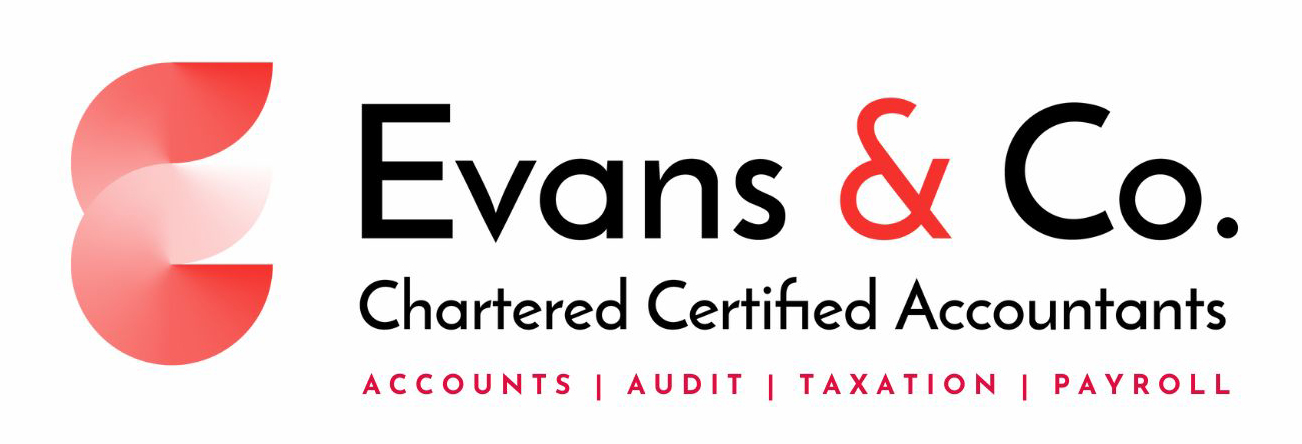
- Home
- Our Services
- Latest News
- Resources
- Meet the team
- Get in touch
- Get a Free Instant Quote
Close this window
:
Close this window
Close this window
At Mark Evans & Co businesses in the East Yorkshire area often ask us about the tax implications of having a car and a van – here is a guide to the main points…
There are several tax areas which rely on being able to determine whether a particular vehicle is classified as a car or a van:
Every mechanically propelled vehicle is a car, unless it is:
A goods vehicle is defined as a vehicle of a construction primarily suited for the conveyance of goods or burden of any description (excludes people). The test is of construction, not use. It is only if the primary purpose for which the vehicle is constructed is the carriage of goods that it will escape from being a car.
For benefit tax/NIC and VAT purposes, one must look at the construction at the particular time in question (time of transaction or in relevant tax year).
A vehicle whose design weight exceeds 3,500kg is not a van but a heavy goods vehicle.
These vehicles were very popular a few years ago when the van benefit in kind was much lower than the car benefit. Recent increases in the van benefit have made this less of an issue but there are still potential savings to be made.
On the surface many double cab pick-ups appear to be equally suited to convey passengers or goods. However, when all factors relating to their construction are taken into account, a number of vehicles within this category do have a predominant purpose of carrying goods or burden. Each case will depend on the facts and exact specification.
As a general rule, HMRC accepts that a double cab pick-up with a payload of 1 tonne (1,000kg) or over is a van for benefit purposes. The 1 tonne rule applies only to double cab pick-ups, not to any other vehicle. Recent case law has shown that vehicles with payloads over 1 tonne are in fact cars, simply because they are primarily suitable for the conveyance of neither goods nor people and are multi-purpose vehicles (MPVs).
This is almost identical to the benefits definition.
VAT rules say that a car is any motor vehicle of a kind normally used on public roads. It must have three or more wheels and meet one of the following conditions:
In addition, the following are not cars for VAT purposes:
These vehicles, from the outside, still maintain the appearance of a car. However, from the interior the vehicles have the appearance and functionality of a van – the rear seats and seatbelts have been removed along with their mountings, the rear area of the shell is fitted with a new floor panel to create a payload area and the vehicle’s ‘side windows’ to the rear of the driver’s seat are made opaque. Such vehicles will be classified as vans, but all the criteria are very strictly applied.
Some vehicles look like vans and don't have windows in the sides behind the driver. But they do have additional seats for carrying passengers behind the front row of seats (or they're designed so they can be fitted with them). They're sometimes known as combination vans or combi vans.
HMRC considers that this type of vehicle is a commercial vehicle for VAT purposes if it meets either of the following conditions:
If it meets either of these conditions then the vehicle is a commercial vehicle for VAT purposes and you can reclaim the input VAT if you follow the normal rules for reclaiming VAT.
HMRC has produced a list of car derived vans and vans with rear seats showing whether they're classed as a van (commercial vehicle) or a car for VAT purposes:
Check the HMRC list of car derived vans and combi vans
Remember that vehicle specifications change so the list may not be up to date. If you're in any doubt you can contact the HMRC VAT Helpline (0300 200 3700) for guidance.
If you are in the East Yorkshire area and would like more advice on the tax treatment and advantages of using cars and vans in your business, contact Mark Evans & Co.